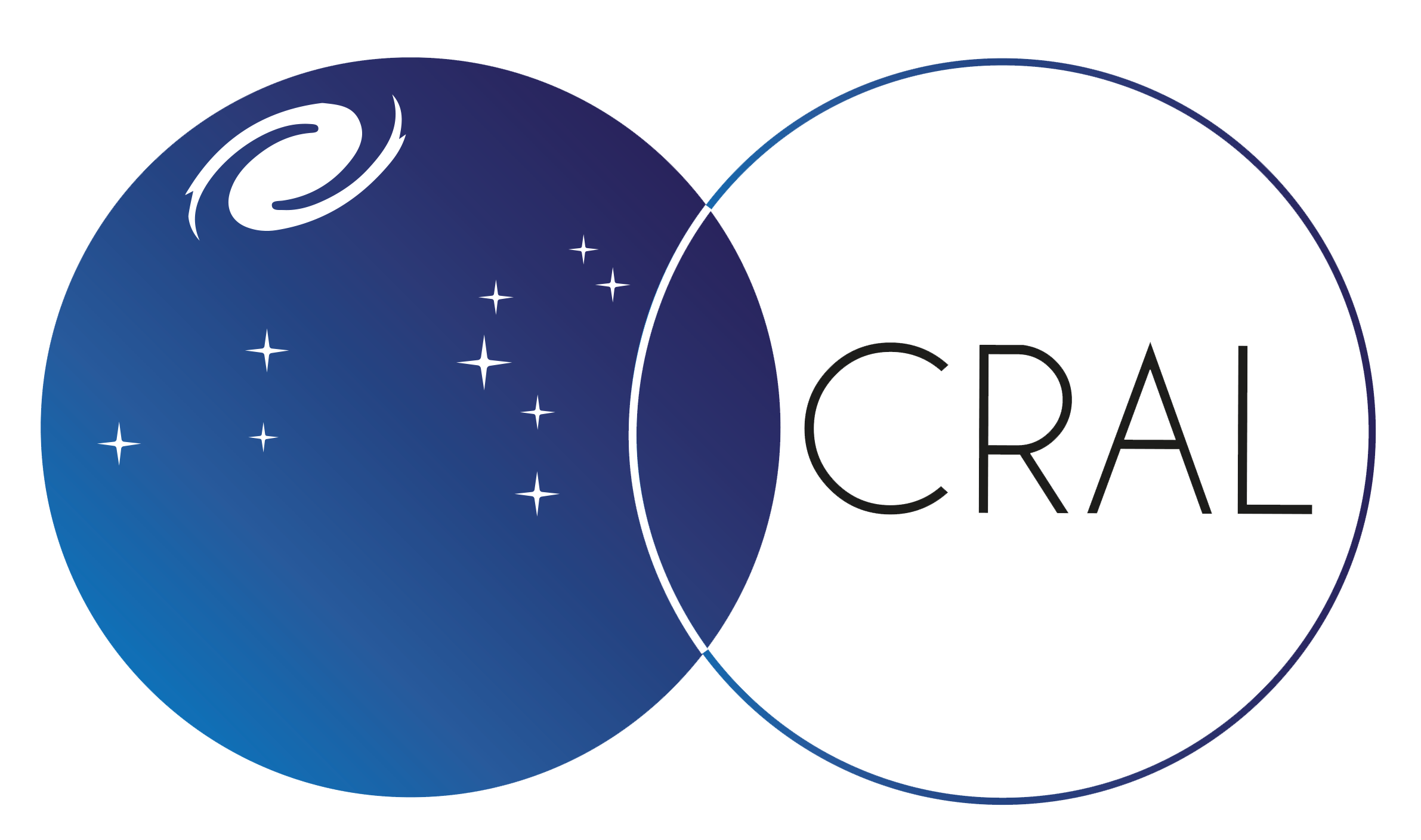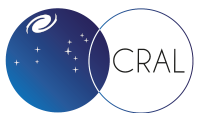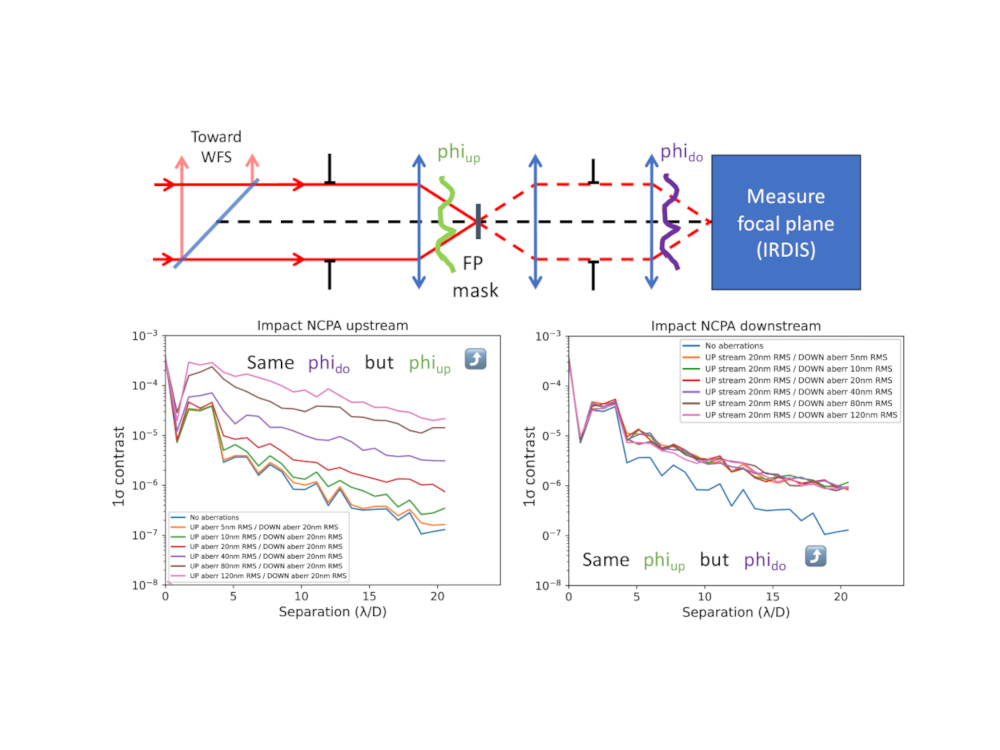Mazoyer, Johan ; Goulas, Charles ; Vidal, Fabrice ; Bernardino Dinis, Isaac ; Milli, Julien ; Tallon, Michel ; Galicher, Raphaël ; Absil, Oliver ; Béchet, Clémentine ; Boccaletti, Anthony ; Ferreira, Florian ; Langlois, Maud ; Martinez, Patrice ; Mugnier, Laurent ; N’diaye, Mamadou ; Orban de Xivry, Gilles ; Potier, Axel ; Tallon-Bosc, Isabelle ; Vigan, Arthur
SPIE Astronomical Telescopes + Instrumentation 2024, 13096-357
https://doi.org/10.48550/arXiv.2406.18424
Abstract
SAXO+ is a planned enhancement of the existing SAXO, the VLT/ SPHERE adaptive optics system, deployed on ESO’s Very Large Telescope. This upgrade is designed to significantly enhance the instrument’s capacity to detect and analyze young Jupiter-like planets. The pivotal addition in SAXO+ is a second-stage adaptive optics system featuring a dedicated near-infrared pyramid wavefront sensor and a second deformable mirror. This secondary stage is strategically integrated to address any residual wavefront errors persisting after the initial correction performed by the current primary AO loop, SAXO. However, several recent studies clearly showed that in good conditions, even in the current system SAXO, non-common path aberrations (NCPAs) are the limiting factor of the final normalized intensity in focal plane, which is the final metric for ground-based high-contrast instruments. This is likely to be even more so the case with the new AO system, with which the AO residuals will be minimized. Several techniques have already been extensively tested on SPHERE in internal source and/or on-sky and will be presented in this paper. However, the use of a new type of sensor for the second stage, a pyramid wavefront sensor, will likely complicate the correction of these aberrations. Using an end-to-end AO simulation tool, we conducted simulations to gauge the effect of measured SPHERE NCPAs in the coronagraphic image on the second loop system and their correction using focal plane wavefront sensing systems. We finally analyzed how the chosen position of SAXO+ in the beam will impact the evolution of the NCPAs in the new instrument.


